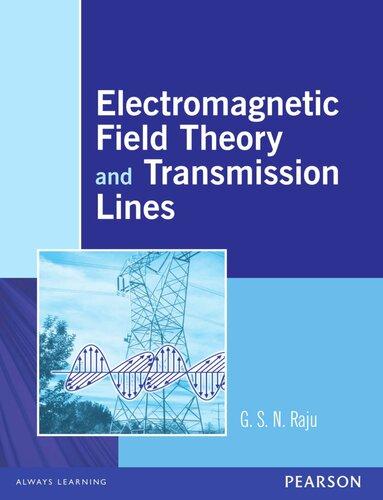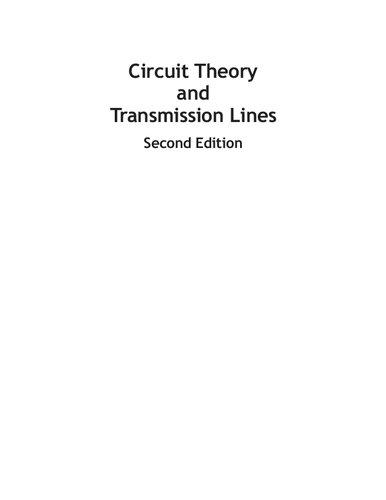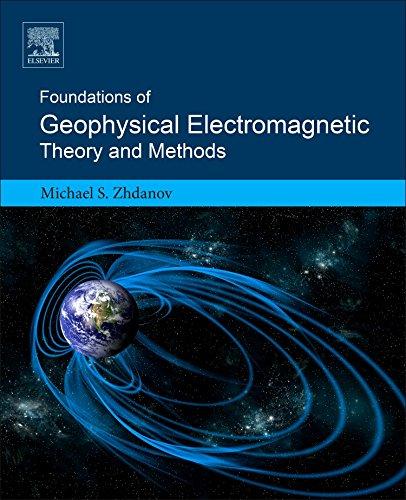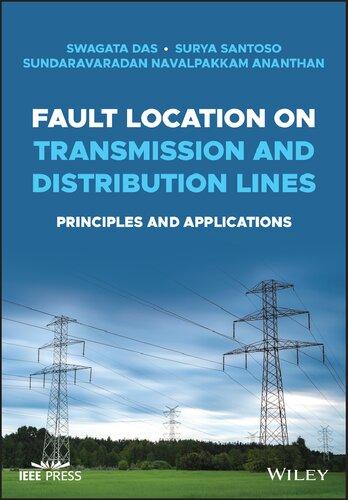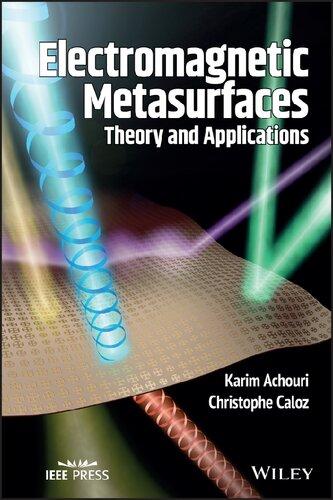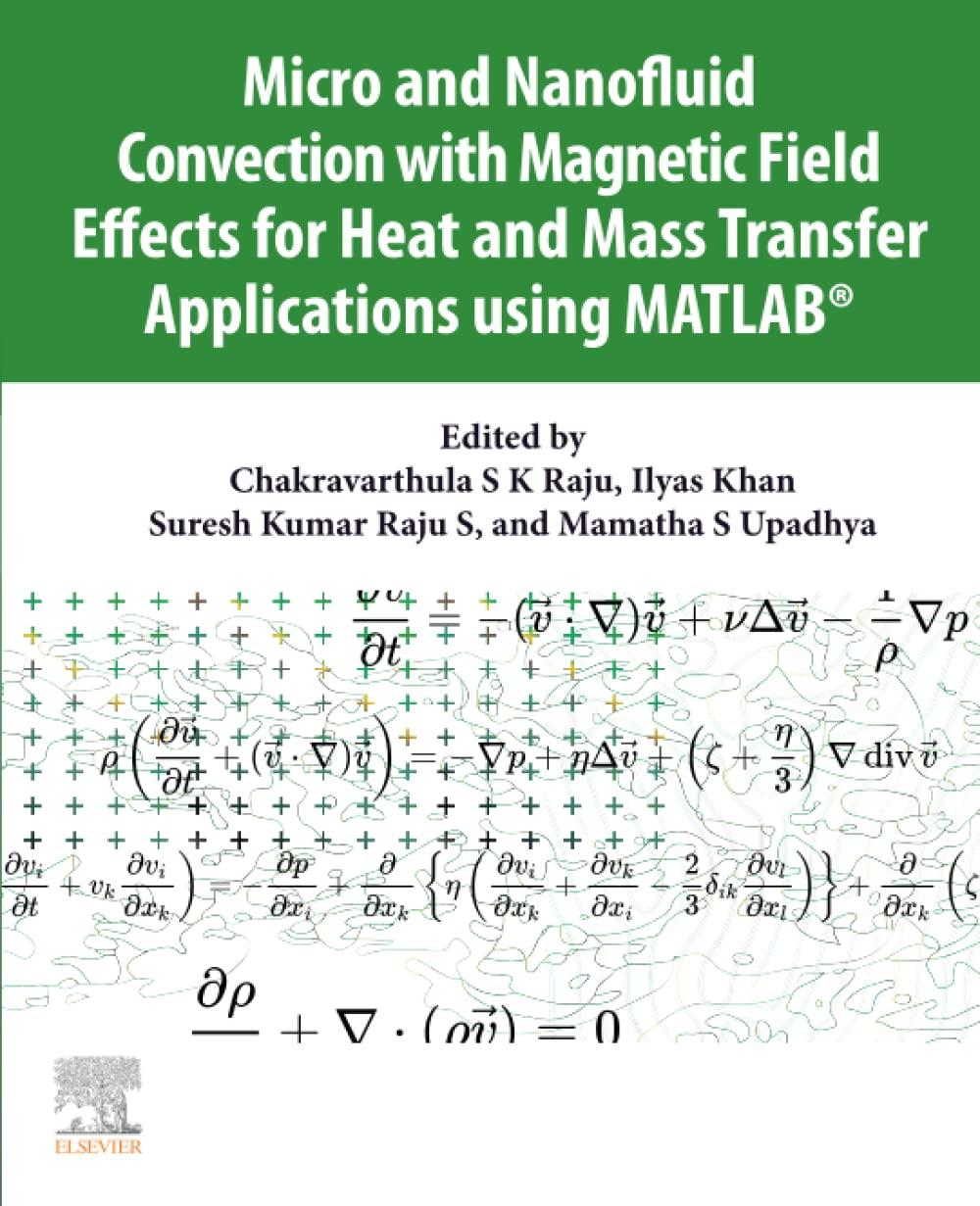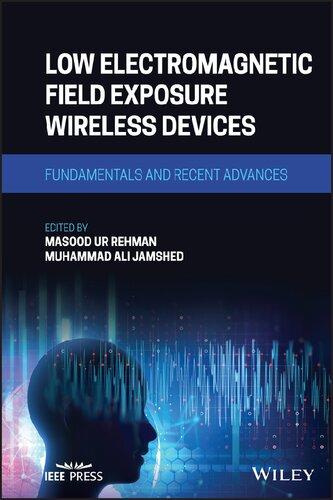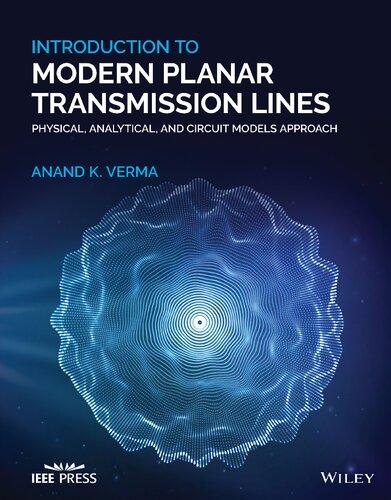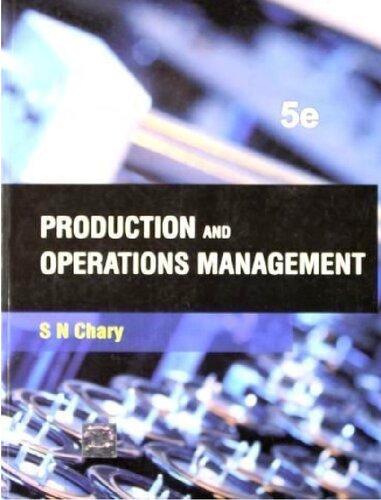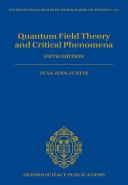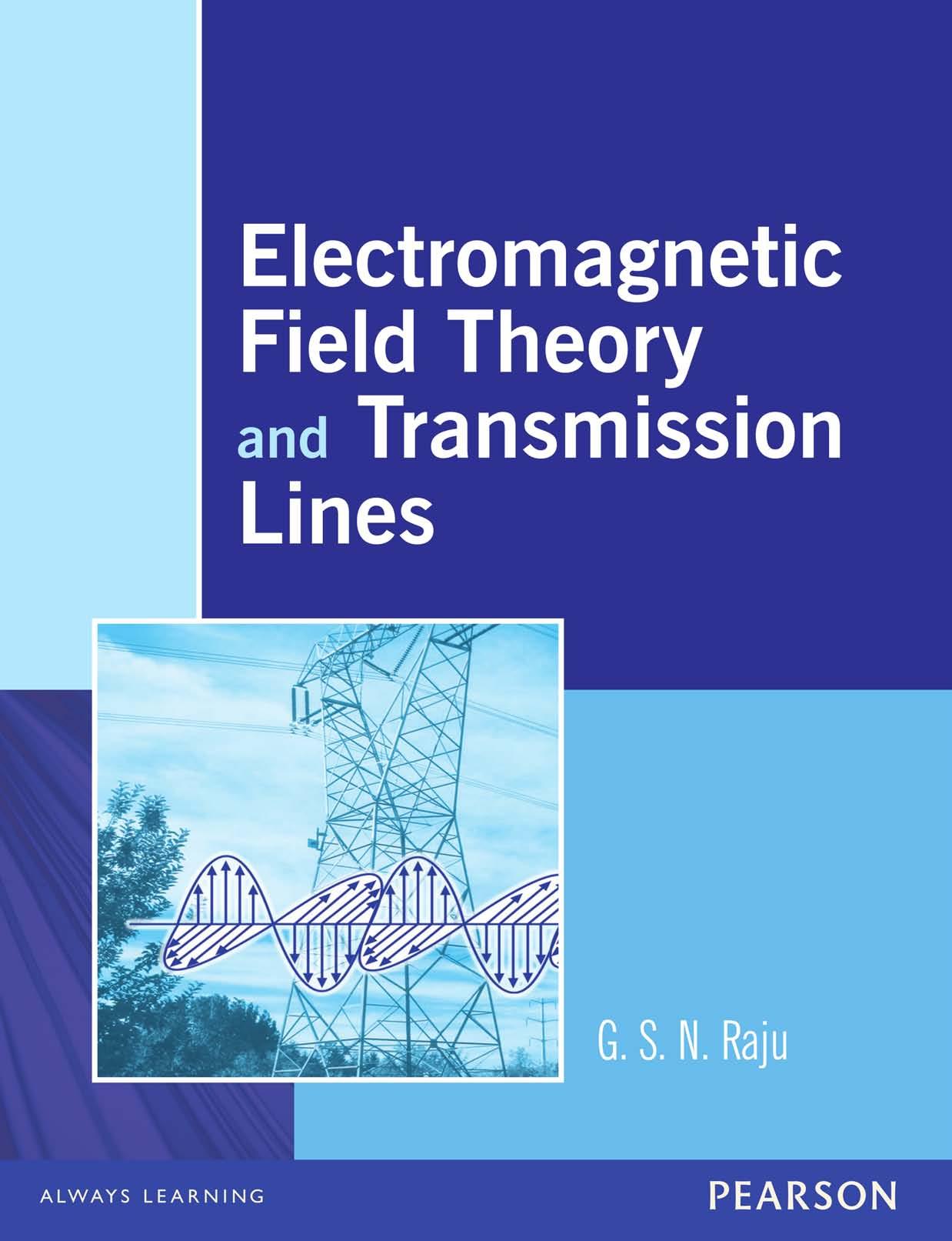ACKNOWLEDGEMENT
I am grateful to my gurus, Prof. B.N. Das and Prof. Ajoy Chakraborty of IIT Kharagpur, who taught me fundamentals of Applied Electromagnetics.
I thank all my colleagues, Prof. Madhusudhan Rao, Prof. Venkata Rao, Prof. Veena Kumari, Dr. Hari Babu, Prof. Raja Rajeswari, Prof. Satyanarayana Reddy, Dr. Mallikarjuna Rao, Mrs. Santa Kumari, Dr. Gopala Rao, Mr. Sampath Kumar and Dr. Panduranga Reddy for their cooperation throughout.
It is a privilege to convey my gratitude with warm regards and respects to SriK.Raghu, Chairman, Raghu Engineering College, and Sri S.V.S.S. Rama Chandra Raju, former PF Commissioner and Director, Raghu Engineering College, for their kind appreciation of my efforts in teaching and research and for giving me unmatched support in all my academic endeavors. I also thank Sri N.V. Rama Raju for extending support in my academic and professional efforts.
I am most grateful to Prof. K.C. Reddy, a renowned economist and Chairman, Council for Higher Education, Government of Andhra Pradesh for releasing the International edition of the book on Antennas and Wave Propagation and for his kind appreciation of the book.
I convey my gratitude to Prof. Y.C. Simhadri, Hon’ble Vice-Chancellor of Andhra University for his full support with encouragement and also for sending an excellent message of appreciation for Antennas and Wave Propagation
I am thankful to Prof. D. Ganapathi Rao, who is kind enough to release the Indian edition of the book.
It is a privilege to thank Radm. S. Mohapatra, former Director, Dr. K. Satyanarayana, Director, Dr. V. Bhujanga Rao, Associate Director, Sri B. Vara Prasada Rao, Deputy Director and Senior Scientist, Cdr. T.K. Guha Roy, NSTL for their keen interest and moral support to my work in electromagnetics.
I am grateful to Prof. P.S. Rao, Principal, and Prof. P. Soma Raju, Secretary and Correspondent, GVP College of Engineering for their kind appreciation of Antennas and Wave Propagation
I cherish the association of all my research scholars Mallikarjuna Rao, Sridevi, Gopala Rao, Misra, Sudhakar, Baba, Padma Raju, Chandra Bhushana Rao, Prasad,
Habibullah Khan, Subrahmanyam, Narayana, Sadasiva Rao, Gutti, Mallikarjuna Prasad, K.V.S.N. Raju, Murali Krishna, Rajesh and Swamy in putting their efforts for their Ph.D. degrees. I thank my friends, Prof. Appa Rao, Prof. K.V.L.P. Raju, Prof. Paramahamsa and Gopala Krishnam Raju for the moral support given to me throughout.
I thank Prof. Sarvarayudu, Prof. Raghuram, Prof. Prabhakara Rao, Prof. P.V.D.S. Rao of JNTU and Prof. Subbaiah of Nagarjuna University for their keen interest and appreciation for the book.
I thank Mr. Narayana, a sincere and hardworking scholar for assisting in proof reading with interest and devotion.
I love all my students who are always fond of my teaching, guidance and discipline.
I extend my regards to all senior authors and experts in Electromagnetic Field Theory for their invaluable contributions.
I am extremely grateful to the Department of Electronics and Communication Engineering, College of Engineering, Andhra University, for the encouragement given through out my teaching and research career.
I am grateful to the reviewers of this book for their excellent positive feedback.
I thank the most intelligent and Pro-poor Doctor Dr. G. Prasad, M.D., D.M., for his support and happiness given to me during preparation of the book. I also thank Dr. B. Dharani Priya for her appreciation of the book.
I express my thanks for the support extended by our technical and office staff, Koteswara Rao, Somayajulu, Sahu, Prasada Reddy, Appala Raju, Srinivas, Babji, Ramesh, Adilakshmi, Nara Hari, Ramana, Tavudu and Kondamma. The assistance given by Sankar is acknowledged with thanks for preparing the manuscript.
I take this opportunity to convey my respects to my parents Venkatrama Raju and Sitama and thanks to my wife Kanaka Durga, daughter Narmada Devi (B.Tech-CSE) and son Venkata Krishna Varma (B.Tech) IIT-Delhi for their love, affection, help and patience throughout the preparation of the book.
Finally, I thank all those who helped me directly and indirectly in bringing out this book.
G.S.N. RAJU
2.14Potential
2.40Properties
2.47Properties
2.48Dipole
2.50Capacitance
3.3Fundamentals
3.9Ampere’s
3.10Differential
3.17Scalar
3.23Standard
3.24Energy
3.25Energy
3.26Expression
4.10Proof
4.19Boundary
4.20Time
4.21Retarded
4.22Maxwell’s
4.23Helmholtz
5.4Wave
5.13Summary
5.16Summary
5.17Wave
5.22Direction
5.23Wave
5.24Waves
6.12Waves
6.13Derivation
6.14Propagation
6.15TEM
6.16Excitation
6.17Evanescent
6.18Wave
7.19Smith
INTRODUCTION
This introduction provides
c a list of some applications of EMF theory
c a comparison between EMF and Circuit theories: the reasons why EMF theory is superior and why it is essential for engineers and scientists
c small and large value representation, frequency ranges of TV channels and so on for general information
c information about the notations used in this book
c comprehensive background of the parameters, symbols, units and meanings
2 ELECTROMAGNETIC FIELD THEORY AND TRANSMISSION LINES
Electromagnetic Field (EMF) Theory is often called Electromagnetics. It is a subject which deals with electric field, magnetic field and also electromagnetic fields and phenomena.
EMF Theory is essential to design and analyse all communication and radar systems. In fact, it is also used in Bio-systems and in this context it is called Bioelectromagnetics.
Electromagnetic Field Theory is used in
1.Wireless communications
2.Satellite communications
3.TV communications
4.Cellular communications
5.Radio broadcast
6.Mobile communications
7.Microwave communications
8.All types of antenna analysis and design
9.All types of transmission lines and waveguides
10.Bio-medical systems
11.Electrical machines
12.Speed-trap radars
13.Weather forecast radars
14.Remote sensing radars
15.Radio astronomy radars
16.Ground mapping radars
17.Meteorological radars
18.Plasmas
19.Electromagnetic interference and compatibility
20.Electromechanical energy conversion systems
21.Electric motors
22.Cyclotrons
23.Nuclear research
24.Radiation therapy
25.Heating deep tissues
26.Stimulating Bio-physiological responses
27.Relieving some pathological conditions
28.Induction heating
29.Melting
30.Forging
31.Surface hardening
32.Annealing
33.Soldering
34.Dielectric heating
35.Joining plastic sheets
36.Sealing plastic sheets
37.Agriculture
38.Reducing acidity in vegetables to improve taste
39.Telephones
40.Fibre optic communications
41.Lasers
42.Masers
43.Electric relays
44.Transformers
45.Microwave ovens
The design and analysis of a system, device or circuit requires the use of some theory or the other. The analysis of a system is universally defined as one by which the output is obtained from the given input and system details. On the other hand, the design of a system is one by which the system details are obtained, from the given input and output. These two important tasks are executed by two most popular theories, namely, circuit and electromagnetic theories. The differences between them are listed on next page.
Circuit theory
Field theory
1.Deals with voltage (V) and Deals with Electric ( E ) and Magnetic current (I) (H) fields
2.V and I are scalars E and H are vectors
3.V and I are produced from E and E and H are produced from V and I H respectively respectively
4.V and I are functions of time (t) E and H are functions time ( t) and space variables (x, y, z) or (ρ, φ, z) or (r, θ, φ)
5.Radiation effects are neglectedRadiation effects can be considered
6.Using circuit theory, transmitterUsing field theory, the medium also can and receiver circuits can bebe designed and analysed analysed and designed. But it cannot be used to design or analyse a medium like free space
7.This is simplified approximationThis is a more accurate theory of field theory
8.The variables of circuit theory, V The variables of field theory, E and H and I are integrated effects ofare integrated effects of variables of variables of field theory E and H circuit theory V and I
9.Circuit theory cannot be Field theory can be used where circuit used to analyse or design atheory fails to hold good for the analysis complete communication systemand design of a communication system
10.Is useful at low frequenciesIs useful at all frequencies, particularly at high frequencies
11.At low frequencies the length ofAt high frequencies the length of connecting wires is very muchconnecting components are of the order smaller than λ of λ
12.Cannot be applied in free spaceIs applicable in free space
13.Is simple Is complex but it is simplified by using appropriate mathematics
14.Basic laws are Ohms law,Basic laws are Coulomb’s law, Gauss’s Kirchoff’s laws law, Ampere’s circuit law
15.Basic theorems are Thevenin’s, Basic theorems are Reciprocity, Nortan’s, Reciprocity, Helmholtz, Stoke’s, Divergence and Superposition, Maximum powerPoynting theorems transfer theorems
16.Basic equations are Mesh/LoopBasic equations are Maxwell, Poission, equations Laplace and Wave
ParameterNotationDefinition
Unit name /symbol
Frequency fIt is the reciprocal of oneHertz (Hz) time period of a periodic1 Hz = 1 cycle/sec waveform
Energy
Power
Charge
WIt is the work done whenJoule (J) force is exerted through a1 Joule = 107 ergs distance of one metre
PIt is the time rate of Watt (W) energy
1 W = 1 Joule/sec or 1 W = 1 volt × 1 amp
QIt is the product of Coulomb (C) current and time 1 C = 1 A-sec
Resistance RIt is the ratio of voltageOhm ( Ω) and current 1 Ω = 1 volt/1 amp
ConductanceGIt is the reciprocal of R Mho 1 Mho = oltV1 Amp1
Resistivity
ρ It is the resistance meas-Ohm-metre ured between two parallel faces of a unit cube
Conductivity σ It is the reciprocal of Mho/metre resistivity
ElectromotiveEmf, VIt is the ratio of power to Volt force current 1 Volt = 1 J/C or watt/amp
Electric flux
ψ It is displaced charge Coulomb (C)
weber (wb) 1 wb = 1 volt-sec
Magnetomotive
CapacitanceC
Farads (F) 1 F = 1 C/1 Volt
ParameterNotationDefinition
InductanceL
Permittivity
Permeability
Permittivity
Permeability
Relative
Farad/metre (F/m)
DifferentialdLSmall
Area SProduct of two lengths m
DifferentialdSProduct of two m 2 area differential lengths
ParameterNotationDefinition
/symbol
Differentiald υ Product of differential m 3 volume length, width and breadth
Volume υ Product of length, width m 3 and breadth
Angular ω 2 πf rad/sec frequency
Wavelength λ v/f m Electric V
potential
Magnetic V m
dLH . Ampere scalar potential
Surface charge ρs Q/S c/m2 density
Line charge ρ L Q/L c/m density
Volume ρυ Q/ υ c/m3 charge density
Propagation γα + jβ dB/m constant
Attenuation α It is a measure of dB/m constant reduction of EM wave as it progresses
Depth of δ It is the depth at which δ = 1/ α (m) penetration an EM wave is attenuated or skin depth to 37 percent of original value
Phase constant β It is a measure of phase rad/m shift of EM wave
Group velocityv g It is the velocity with m/sec which energy propagates in a guided structure
Phase velocityvp It defines a point of m/sec constant phase
VSWR SV max /V min No unit
ParameterNotationDefinition
/symbol
Reflection
coefficient
= wave Incident wave Reflected
Transmission T wave Incident Transmittewaved No unit coefficient
ParameterNotationDefinition Unit name /symbol
Force F It is the product of massNewton (N) and acceleration 1 Newton 2 sec Kgm- =
Electric field E It is the force per oneVolt/m or Newton/C strength Coulomb
Conduction Jc It is defined as the ratio A/m2 current density of current to area
